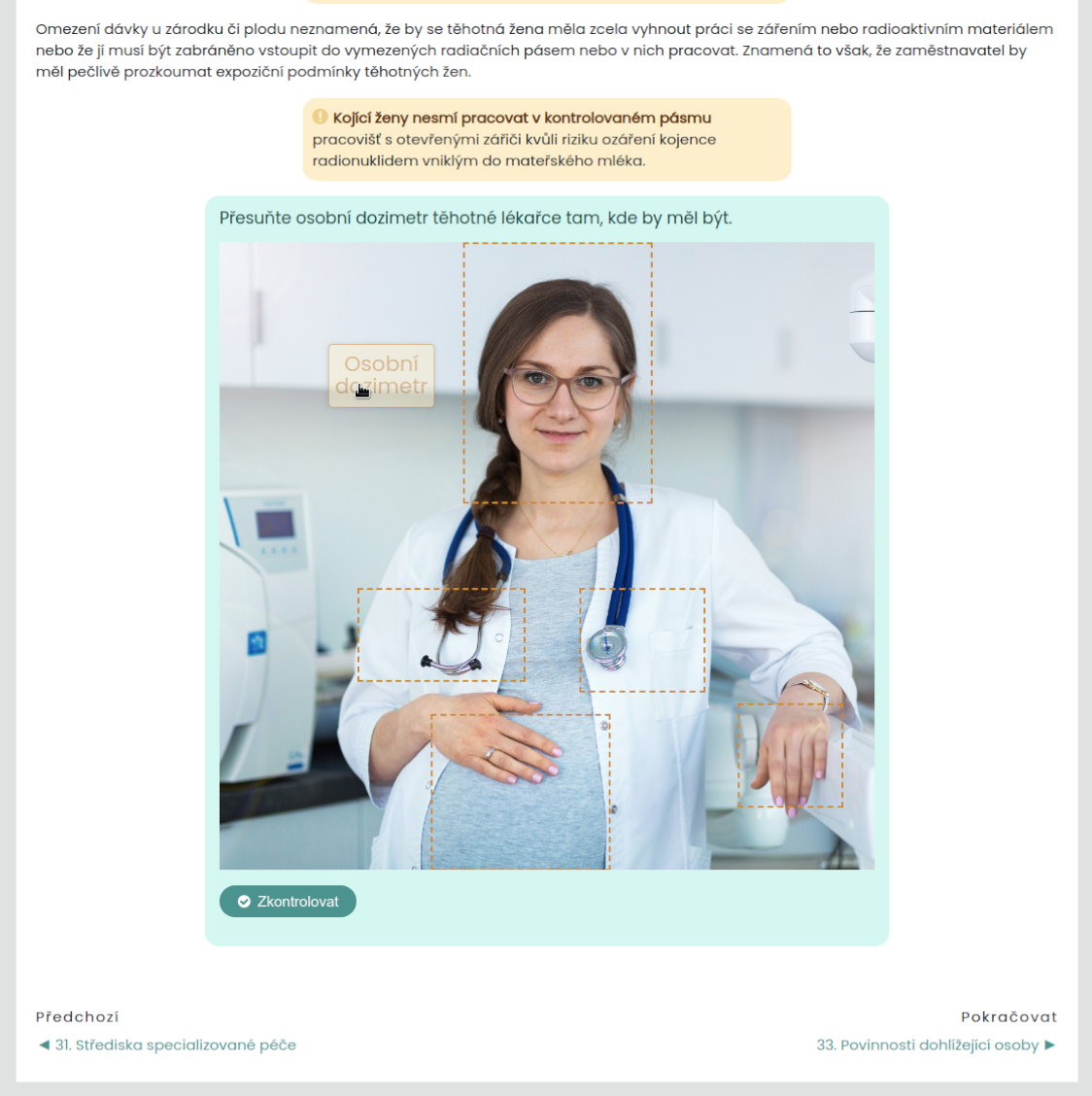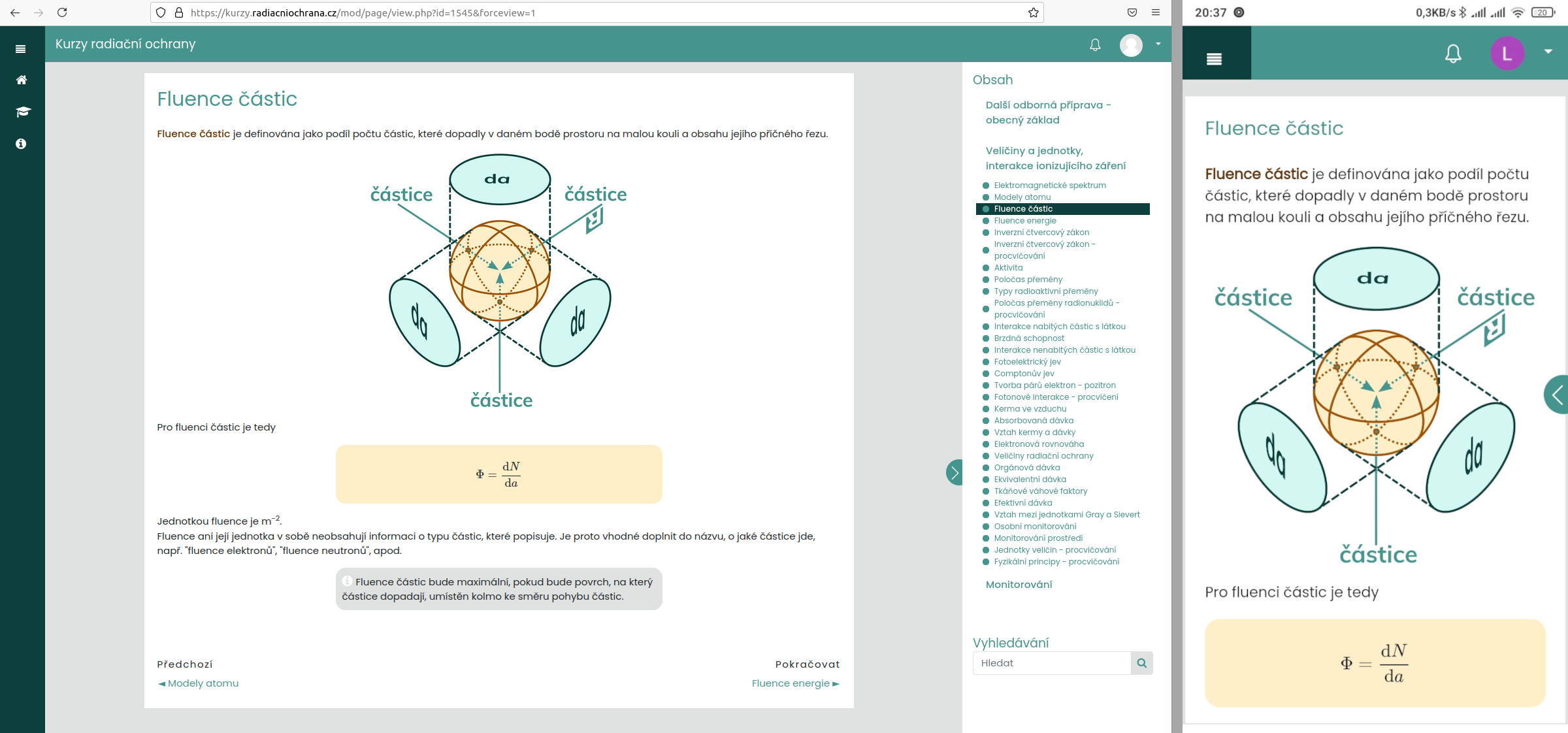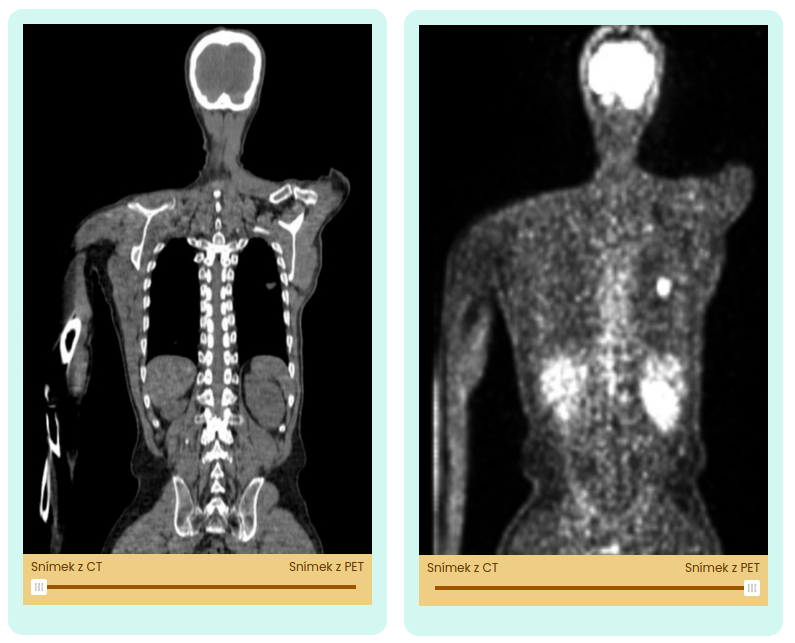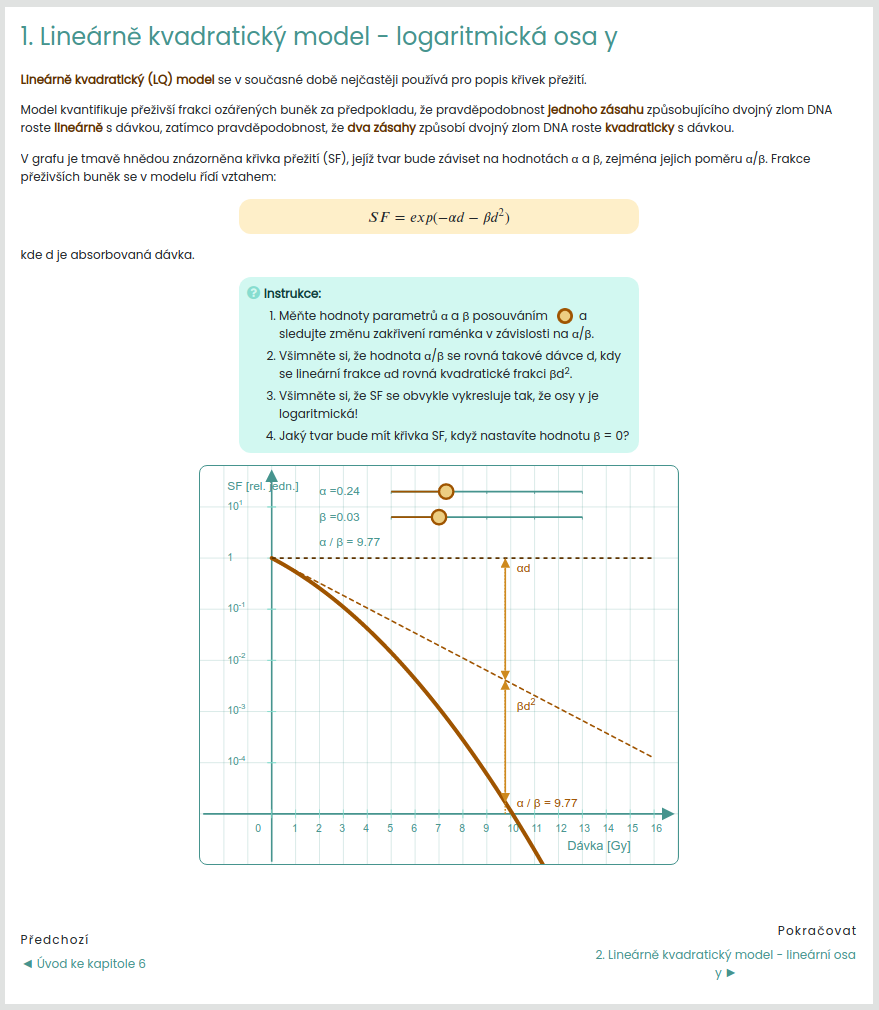Interactive e-learning for radiation protection

Today, in the COVID era, there is a rise of an online distance learning/teaching. Often, it was the only way how to provide education or training. Our institute - The National Radiation Protection Institute of The Czech Republic (SÚRO) - was also forced to adapt distance teaching tools. There exist multiple strategies how to distantly educate people using modern technologies. Without doubts, the most used approach is to use an online meeting tool such as Zoom, MS Teams, etc. for an online analogue of “classical” face-to-face form of teaching – webinars. They are often considered as relatively easy to prepare. Teachers often use the same materials they were using in face-to-face teaching, and they do not adjust teaching materials to specific needs of webinars. Face-to-face teaching provides limited anonymity of users and can be usually considered as a passive form of education, although certain level of the interaction can still be expected. On the other hand, webinar makes the participants to feel almost anonymous and makes the education much more passive.
Even when the structure of teaching material is optimal for a webinar, this format of teaching usually does not fully benefit from modern technologies (PC, mobile phone) that people use to connect to webinar.
There still arise some issues:
- It is not possible to choose the time when the webinar is hold that is suitable for everyone.
- A teacher has much less control of student´s attention level and the level of understanding of the webinar’s content.
- The pace of the teaching is clearly never optimal for all the students.
- Students are often very passive – they do not pay attention and sometimes they are not even present in part of a webinar as there usually is no need to be on video for participants.
- Many webinars are composed to rather enforce passivity of students.
These issues are indeed not only unique only to webinars. SÚRO experience (in both roles – as a student and as a teacher) is that 2. - 5. has often stronger effect in webinar form than in face-to-face form of teaching and that these issues affect the quality and also quantity of gained information in relatively large scale.

Another form of online distance learning/teaching is e-learning. E-learning approach can eliminate or strongly suppress mentioned issues 1. - 5. if the design of an e-learning platform and content of teaching materials take these issues into consideration. SÚRO experience is that main pillars of good e-learning platform are:
- Simplicity: Platform has to be very intuitive and as simple as possible. Orientation in platform and passing through the content of the courses should be very straightforward and clearly defined. Platform should not contain any unnecessary functionalities (calendars, chats, useless buttons, ...) if there are not strong reasons to keep them. Less is more. Unnecessary functionalities can easily confuse users, distract their attention, and discourage them from further studying.
-
Use of interactive and visual elements (interactive graphs, graphical quizzes, animations, illustrations, etc.): To keep an attention of a student it is necessary to regularly break an actual discussed topic with other elements that are directly connected to this topic. Besides it helps to keep attention, it also strongly improves the understanding of studied topic and enables self-assessment of the student. It could be passive elements such as illustrations, animations, images. Good e-learning system should use elements that require user input. One of the biggest advantages of studying through desktop computer, laptop or mobile phone is that user can actively do some inputs. Such active elements for instance are: a) Interactive graphs – when describing some phenomenon, function, etc. that depends on some parameters, it significantly improves the understanding if a student can change values of parameters and immediately observe how their values affect the function. b) graphical quizzes, interactive graphics – these elements bring gamification to learning and are great to keep and attract attention of student to discussed topic. They always should illustrate the specific aspect of the discussed topic and they help student to understand and remember the content of the lecture. To this category belong: identifying hotspots on images, sorting of some graphical or text items to right order, simulation of real situation that needs decision with branching scenario tool (tool make responses based on the previous student’s actions), etc. c) quiz question that helps the memorize or exercise discussed topic. Note that in all the cases a), b) and c) these elements should never be used without context to discussed topics - i.e. as an excessive content used only for effect with no connection to lecture itself.
 Fig. 3: An example of interactive slider element – student can use the slider to see differences between CT (computed tomography) image and PET (positron emission tomography) image and to see their fusion (when move slider to in between positions). © SÚRO
Fig. 3: An example of interactive slider element – student can use the slider to see differences between CT (computed tomography) image and PET (positron emission tomography) image and to see their fusion (when move slider to in between positions). © SÚRO - Optimal structure of learning content: The course and its content should be composed to allow studying in small portions. It should be divided to quite small and compact parts, each for approximatively 1 – 3 minutes of studying. It makes the content accessible in situations where a student does not have much time. But even in a case when a student has enough time, the fact that without any harm to learning process the course can be left in almost any time put significantly less stress on a student and her/his time management of learning process.
- Fully-fledged usability on mobile phones without need of installing an application: This point can bring some controversy. SURO experience is, that there is no need to force student to download an app for everything. If there is no specific reason, the platform should be accessible from mobile phones or tablets in the same way as in desktop computer or laptop. The platform should be carefully optimized to provide equivalent experience on any platform without any additional tasks for users. Side benefit for platform operator is that only one app is much easier to maintain than multiple apps.

In July 2021 SURO has launched a new e-learning platform for interactive online courses for radiation protection and its related topics. The platform ambition is to follow mentioned rules. The platform and its content is going to be continuously improved in the future (based on collected users’ experience) to make the experience for the user better and even adjust the main characteristics 1. - 4. if needed. The platform is now used for online courses for education of professionals working in radiation protection in The Czech Republic (in the field of radiology, radiotherapy, nuclear medicine etc.). The platform is accessible through domain radiacniochrana.cz.
Now, three months after the launch, it already has students of various specialties (from the field of professional training) who successfully finished our courses and the future content is developed with gathered experience in mind.
The platform and its content are now Czech language only. Main goals for future are to make an English version of the platform and besides education for professionals also focus on non-professional population or specific target groups (schools, pregnant women, dentists, etc.). The international platform is going to be accessible through domain radiationprotection.eu. Now there is an example of some elements used in the SURO’s e-learning platform for radiation protection.
Lukáš Kotík
SÚRO
lukas.kotik@suro.cz
Irena Koniarová
SÚRO
irena.koniarova@suro.cz